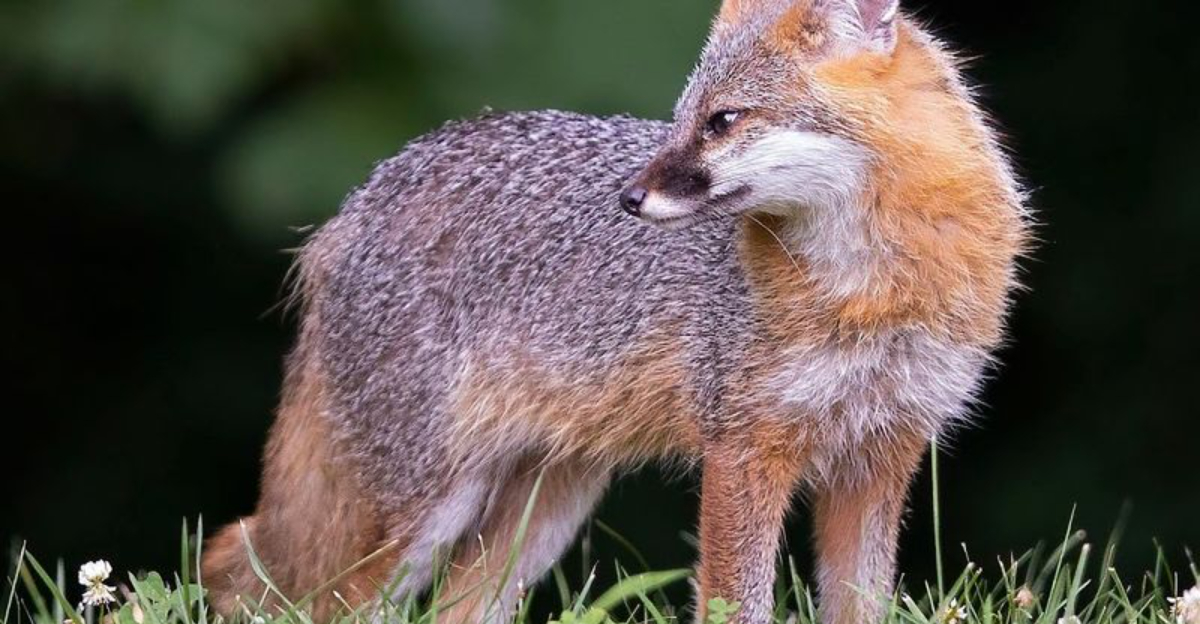Tucked between Cleveland and Akron, Cuyahoga Valley National Park is Ohio’s best-kept secret for wildlife lovers like me.
I recently spent several unforgettable days exploring its winding rivers and lush forests, tracking the park’s incredible creatures.
From playful river otters splashing through the Cuyahoga to majestic herons stalking the shallows, this 33,000-acre sanctuary offers some of the most thrilling wildlife encounters in the Midwest.
1. River Otter (Lontra canadensis): The Comeback Kids
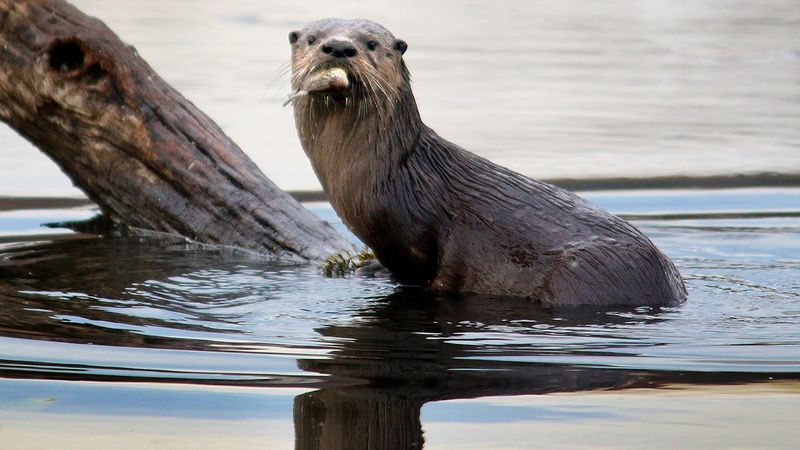
These sleek swimmers were once completely wiped out in Ohio due to pollution and habitat loss. Thanks to successful reintroduction efforts in the 1980s and the cleanup of the Cuyahoga River, these playful mammals have made a remarkable comeback!
I spotted a family of otters last April near Beaver Marsh, where they were sliding down muddy banks and performing underwater acrobatics. Look for their distinctive tracks (five-toed webbed feet) along riverbanks, especially early morning or dusk when they’re most active.
Pro tip: Bring binoculars and sit quietly at Peninsula’s water access points – patience almost always pays off.
2. North American Raccoon (Procyon lotor): Midnight Bandits

That familiar black eye mask isn’t just a fashion statement—it helps raccoons see better at night by reducing glare. These highly intelligent critters have adapted brilliantly to life alongside humans in the park.
During my camping trip near the Everett Covered Bridge, I woke to find a family of raccoons expertly untying my food bag! Their dexterous front paws work almost like human hands, manipulating objects with surprising precision.
You’ll likely spot them around dusk near water sources or campgrounds. Just remember: never feed them, no matter how cute those begging eyes appear!
3. Eastern Gray Fox (Urocyon cinereoargenteus): The Tree-Climbing Canid
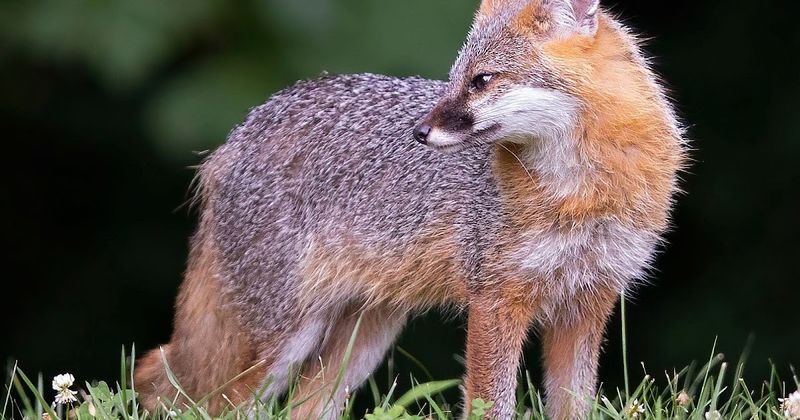
Unlike their red fox cousins, these salt-and-pepper beauties possess a remarkable talent – they can climb trees! Their semi-retractable claws and rotating wrists allow them to escape predators or hunt squirrels high above the forest floor.
Eastern gray foxes are primarily nocturnal, making them challenging to spot. Your best chance is along the Oak Hill Trail at dawn, where the dense undergrowth provides perfect cover for these shy hunters.
Listen for their distinctive bark, which sounds eerily similar to a small dog. While photographing sunrise last fall, I glimpsed one slipping silently between the trees – a fleeting moment of wild magic I’ll never forget.
4. Striped Skunk (Mephitis mephitis): Fragrant Forest Dwellers
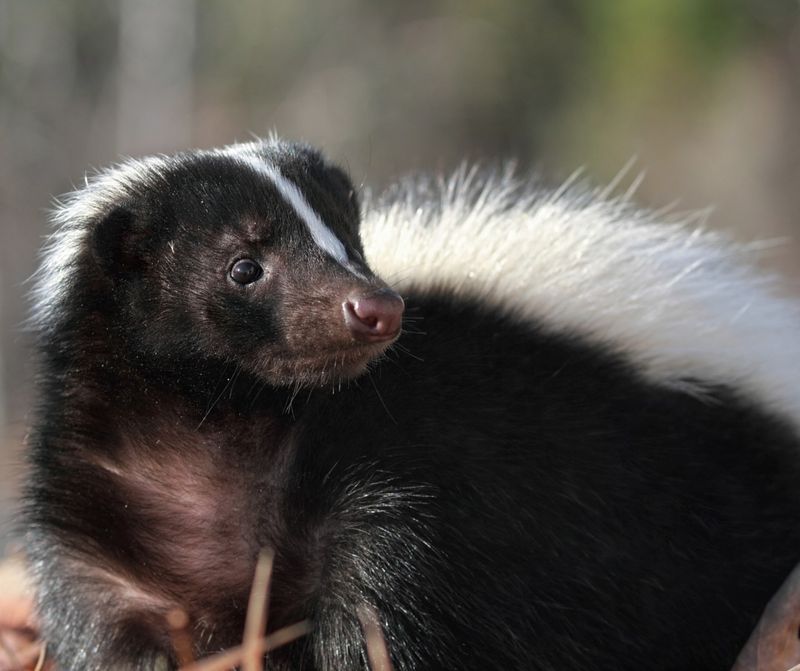
Despite their notorious defense mechanism, skunks are actually gentle, beneficial creatures that help control garden pests and insect populations. These boldly patterned mammals waddle confidently through the park’s meadows and woodland edges, especially after sunset.
Skunks have poor eyesight but excellent hearing and smell. They’ll usually warn you before spraying – stamping front feet, raising their tail, and even doing handstands! I’ve safely observed them from a respectful distance near the Ledges Trail.
Fun fact: Great horned owls are among the few predators that hunt skunks, as they have almost no sense of smell. Talk about a dinner-table advantage!
5. Eastern Cottontail Rabbit (Sylvilagus floridanus): Masters of Camouflage
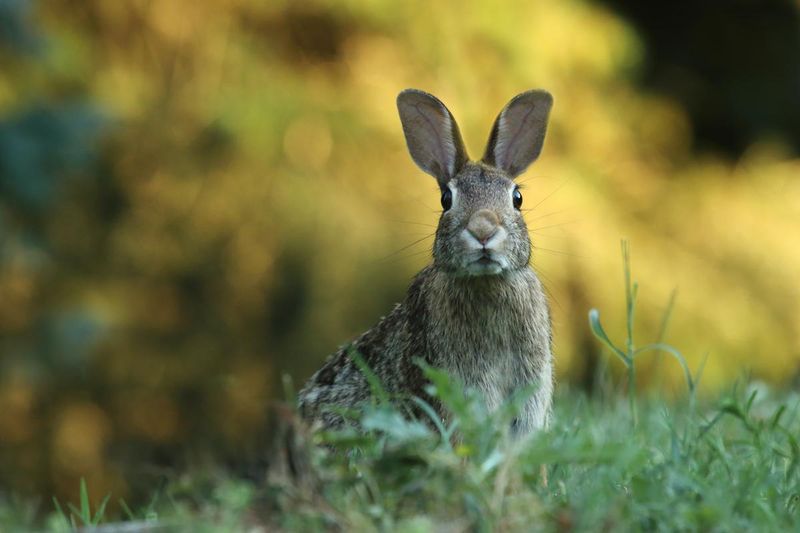
Those adorable twitchy noses serve a critical purpose – cottontails can detect predators from nearly any direction with their constant sniffing! These woodland residents blend perfectly with the park’s meadow grasses and forest undergrowth.
Cottontails are crepuscular, meaning they’re most active at dawn and dusk. The Towpath Trail offers excellent viewing opportunities, especially where meadow meets woodland. They create shallow depressions called “forms” rather than digging burrows, relying on speed and zigzagging escape patterns instead.
My daughter nearly stepped on one last summer – it remained so perfectly still we almost missed seeing its wide, watchful eyes among the grass stems.
6. Indiana Bat (Myotis sodalis): Endangered Night Flyers
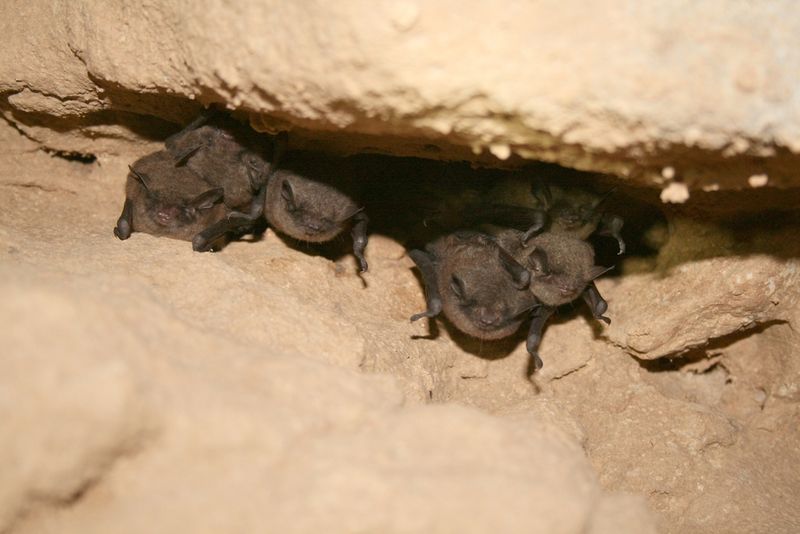
Weighing less than three pennies, these tiny endangered mammals pack an ecological punch! A single Indiana bat can devour up to 3,000 insects nightly, providing natural pest control throughout the park.
Summer evenings offer the best chance to spot their silhouettes darting above the Cuyahoga River. They roost in loose bark or crevices of dead or dying trees during summer months, forming maternal colonies where females raise their pups.
White-nose syndrome has devastated their populations, making every sighting precious. The park participates in critical conservation efforts, including acoustic monitoring programs that track their distinctive echolocation calls without disturbing these vulnerable creatures.
7. Great Blue Heron (Ardea herodias): Prehistoric-Looking Fishers
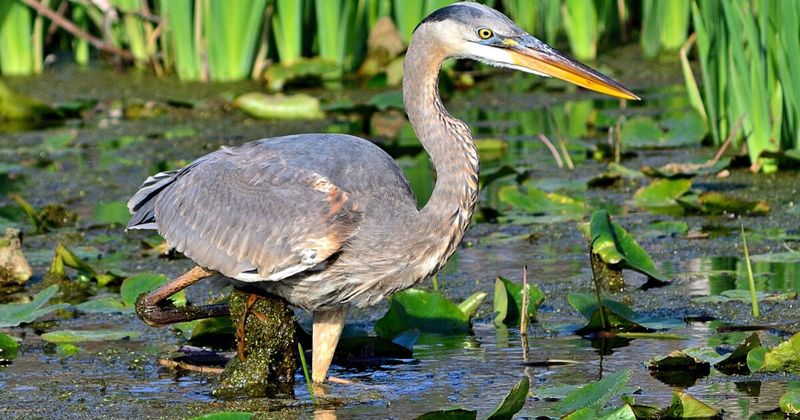
These majestic birds, standing nearly four feet tall with a six-foot wingspan, transform into living statues as they hunt. Their patience is legendary – I’ve watched one stand motionless for 20 minutes before striking with lightning speed to spear a fish.
Beaver Marsh hosts a thriving rookery where dozens of nests crowd the treetops each spring. The spectacle of adults bringing fish to hungry chicks creates a cacophony of prehistoric-sounding croaks and squawks that echoes across the water.
Even in winter, some herons remain along the unfrozen sections of the Cuyahoga River. Their slow, graceful flight – neck folded in an S-shape, legs trailing behind – is unmistakable against Ohio’s ever-changing skies.
